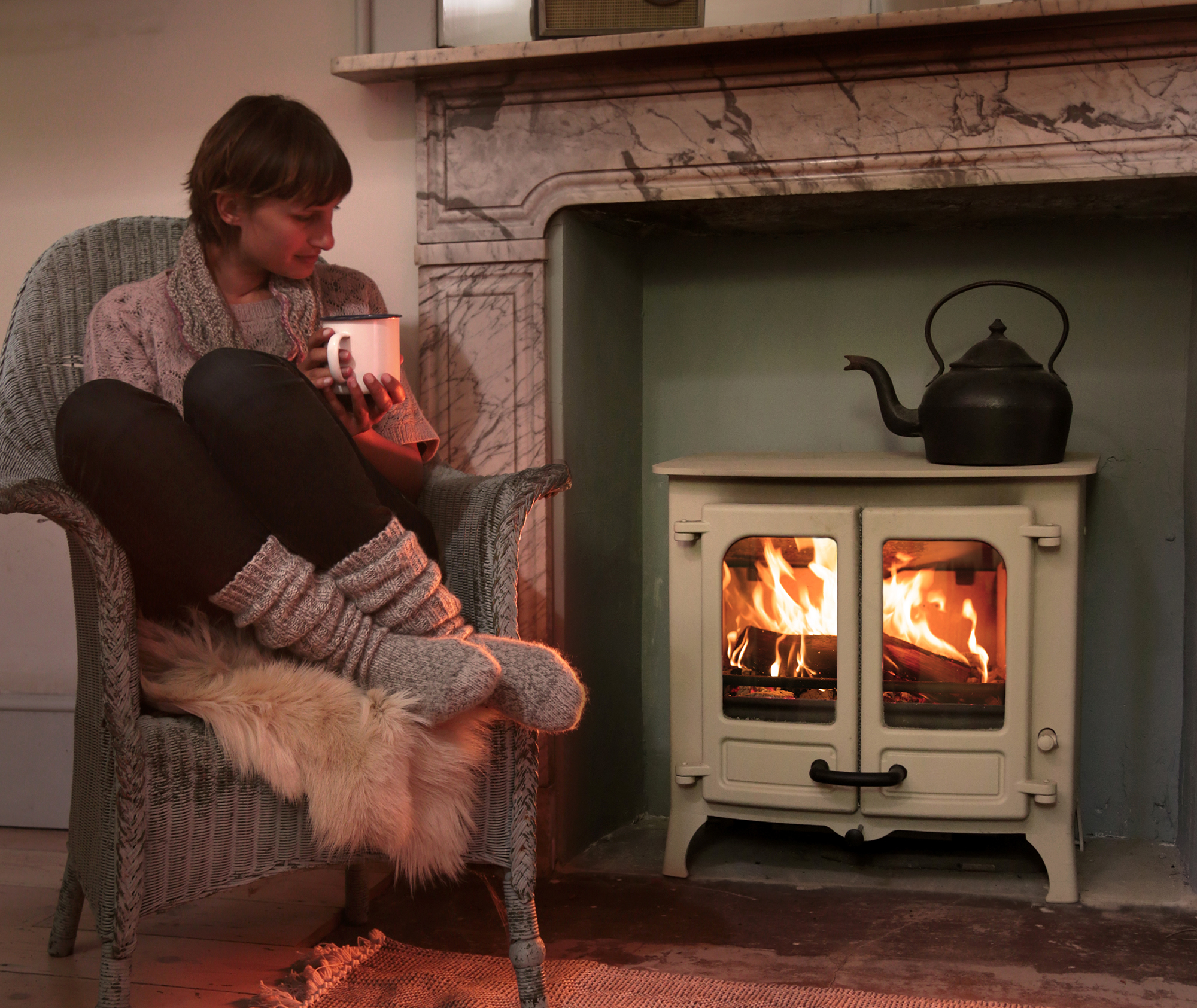The next in a series of essays by Dammy Ponnuthurai is on ‘The role of fire in promoting stillness’. Dammy is the author of Midnight Feasts: An Anthology of Midnight Feasts & Late Night Munchies, and co-founder of Dammy (a workwear jacket brand riffing on the chef’s jacket). She is also the former founder of Crane cookware used by the Charnwood team in many of our photo and video shoots.
________________
“I approach a cedar hut where I plan to sit quietly for a few hours, gathering the scattered pieces of myself. I draw in a deep breath, let it go, and try to shed a feeling of decadence for sitting here alone, idle on a Sunday morning”- Scott Sanders (from his essay on Stillness)
In his essay on stillness, Sanders speaks of the active need to switch off from the continuous distractions that crowd modern life, in the pursuit of the rewarding silence that only a state of hermetic time brings. The amount of time we spend absorbed by our screens and with the added layer of AI working its way into decisions that might otherwise have been made using our more analogue senses, such as imagination, have the potential to change the course of society. So much so people talk now of actively seeking ways to deprive their senses, through means such as sensory deprivation tanks. This battle between our technologically rewired brains and our own soul’s calling is one we can only really hear when our crowded minds and diaries are silenced. This silence can at times feel unnerving as listening to that still small voice can bring with it both waves of sadness and joy with its breath.
If we are open and brave enough to look for this sense of silence, it can be found in few such simple things in everyday life that are as effortless as sitting in front of a crackling fire. Whether that fire be the warmth of the home wood burner, the campfire or the greeting of a welcome pub fire on a rainy day, the light and flickering flame drawing us into being present in the moment, it’s a simple commune with nature that draws us into the moment and away from our busy minds.
Much has been written about fire, from the mythologised in the story of Prometheus who stole fire from the Olympian Gods, to the eulogised history of Mayan culture where fire was used as a major force of transformation. First traces of lighting a fire date as far back as a million years ago. Scientists have found that the use of the fire for cooking dates back some 800,000 years ago. The ability to control fire allowed for so much human freedom, both in terms of geographical movement, extending waking hours and most potently that sitting around the fire was the beginning of early language development.
In Mayan culture we see acts such as burning fields as a transition across cycles of times. They viewed fire as cleansing, restorative and burning away the old to make the new. The Maya wrote about their rituals of fire in their classic period (A.D 250-900) inscriptions. The most important are ‘och k’ank’ (fire entering) and ‘el-naah’ (house-censing), rites were directed at both their homes but even found within the tombs of Mayan Royalty. Even today every year in Guatemala, on December 7, people burn piles of household garbage as means to cleanse their homes on the eve of the Feast of the Immaculate
Conception. In ancient times, we find evidence that the Maya lit even entire houses in rites of renewal.
Fire is such a potent subject, full of magic, danger, promise and the innate mesmerising quality that commands a silent respect, bestowing in its glowing flames a returning calmness. As we continue to further understand the connection between the mind and body’s health, we appreciate the need to look holistically at ourselves when searching for a cure to illness. Calmness is something that we relate to hermitage, meditation and deep religious orders. Though we may not be afforded the time for taking such time for sanctity we can perhaps find this in lighting a fire.
We recently undertook a survey asking the primary reasons that people have chosen to purchase a stove. Apart from the practical reasons such as for warmth and cooking, a significant number of the respondents stated their purchase was led by the purpose of well-being. Learning to lay a fire in itself has the distinct reward of being in the moment and working with our physicality and senses to bring in the kindling and the logs..
There is a strong intuitive understanding within ancient cultures that a fire holds the promise of improving our well being. As we consider that sitting by a fire brought about early forms of language development, it seems there are more expansive possibilities waiting to be discovered within the stillness of the flickering flames.
My heart grew hot within me. While I meditated, the fire burned; Psalm 39:3
For God alone, O my soul, wait in silence, for my hope is from him. Psalm 62:5
________________
If you haven’t read Dammy Ponnuthurai’s piece on ‘storytelling’ click here – we highly recommend it!

